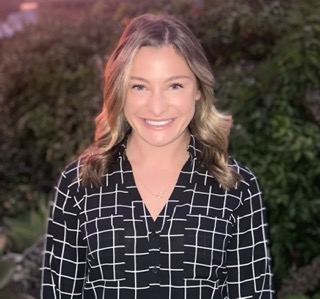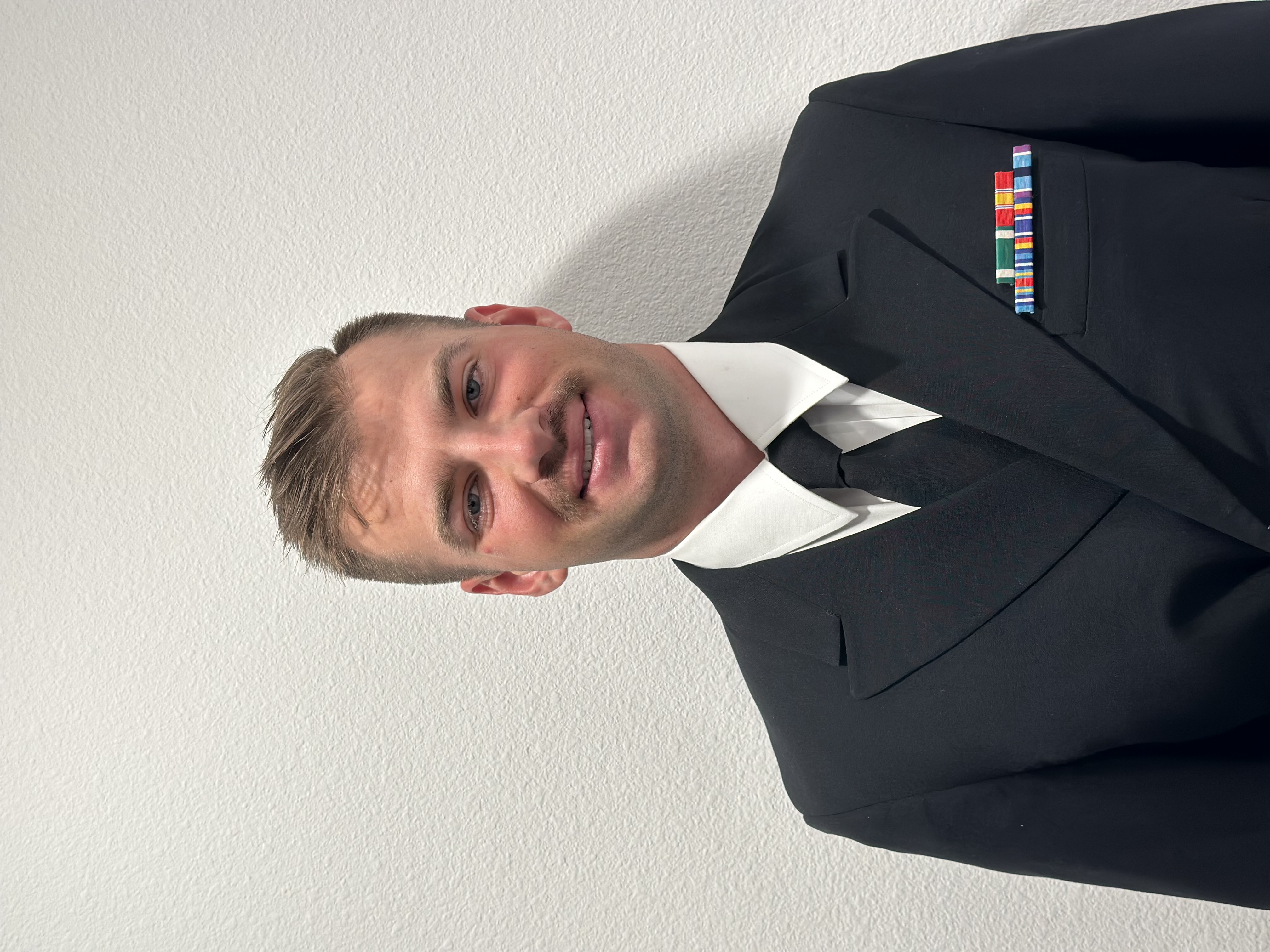Back
(TC44) Therapeutic Applications of L-PRF in Endodontic Microsurgery: A Case Report
Thursday, May 4, 2023
1:00 PM – 4:00 PM CT

Marin Lehman, D.M.D.
Dentist/Lieutenant
United States Navy
Cardiff by the sea, California, United States
Alexander Vidunas, D.M.D.
Lieutenant US Navy
Carlsbad, California, United States
Presenter(s)
Co-Author(s)
Leukocyte and platelet rich fibrin (L-PRF) protocols have been studied for wound healing and tissue regeneration in the fields of oral surgery, periodontics, implantology, and endodontics. The objective of this table clinic is to present the procedures, indications for use and the therapeutic application of L-PRF in endodontic microsurgery. Endodontic lesions with perforation of the cortical plate have a guarded prognosis that can be improved with guided tissue regeneration. In cases with these defects L-PRF should be considered as an adjunct to periradicular surgery for the advantages it offers in mechanical function, angiogenesis promotion, and host immune response. This case report demonstrates he use of L-PRF in the periradicular surgical site of an alveolar bone defect perforating the palatal cortical plate. Autologous venous blood was collected from the patient and centrifuged. Root end surgery was performed and a combination of bone allograft and a compressed L-PRF membrane were used to graft the site. The patient was followed post surgically to monitor the quality of bone regeneration. Autografts with L-PRF have been shown to decrease post-operative pain, create an initial stability of grafted tissue, be osteoconductive, and a cost effective alternative. With this application of L-PRF, the clinician will be able to recognize defects that may benefit from a mechanical substructure that can prevent the ingrowth of nonosteogenic tissues into a surgical site and optimize healing.
